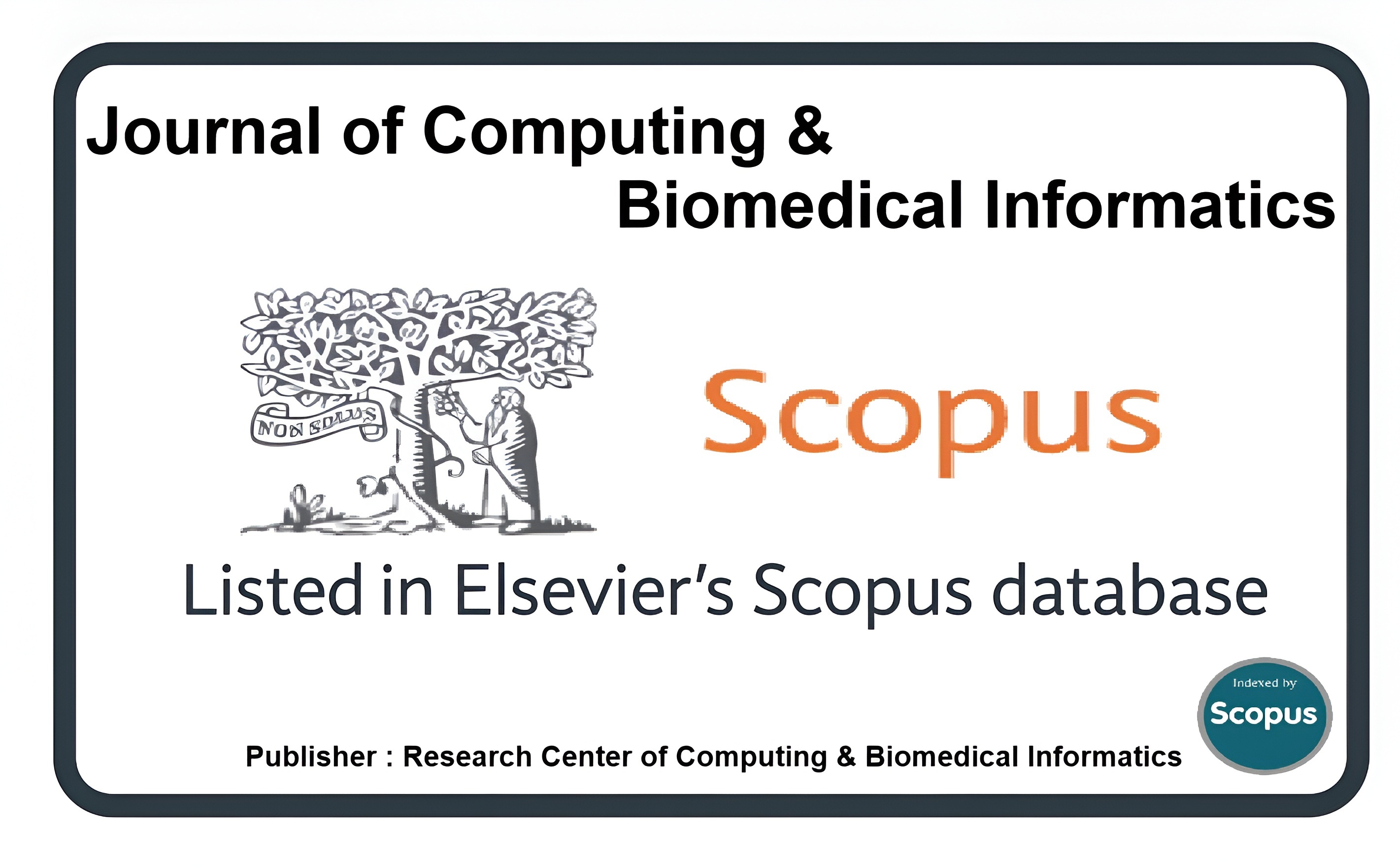Enhancing Fruit Quality Detection with Deep Learning Models
Keywords:
Convolution Neural Network, Image processing, EfficientB5, Machine LearningAbstract
In recent years, artificial intelligence and image processing plays an important role in the agriculture fields such as plant disease detection and plant health issue prediction. The detection of plant quality in the early stages is a difficult task due to the variations in the symptoms, crop species, and climate factors. Several diseases such as late blight and early blight influence the quantity and quality of fruits. Manual detection of fruit quality leaves disease is a quite complex and time-taking process. It requires an expert with high skills to diagnose the fruit quality in the early stage. Therefore, an automated and efficient method is required that can detect the fruit quality. In this research, a novel EfficientB2 convolution neural network model is proposed to extract the deep features from the dataset. The model is evaluated on the Processed Images Fruits dataset. The result shows that the proposed model achieves efficient and improved results as compared to the previous work.
Downloads
Published
How to Cite
Issue
Section
License
This is an open Access Article published by Research Center of Computing & Biomedical Informatics (RCBI), Lahore, Pakistan under CCBY 4.0 International License





